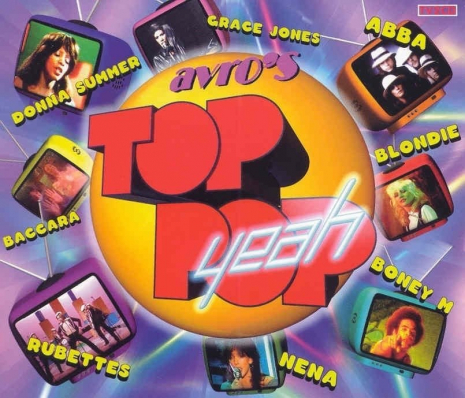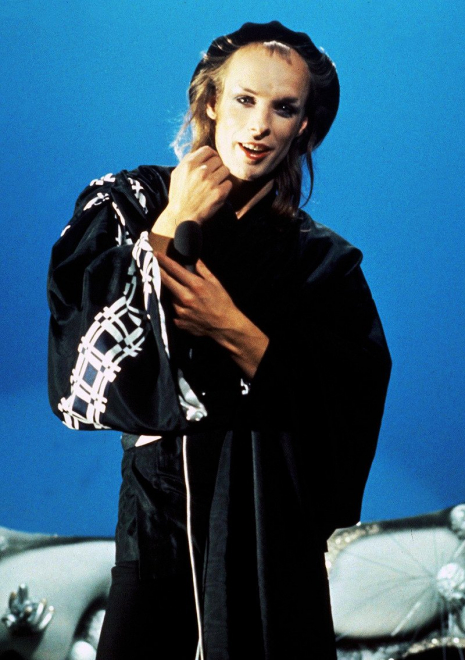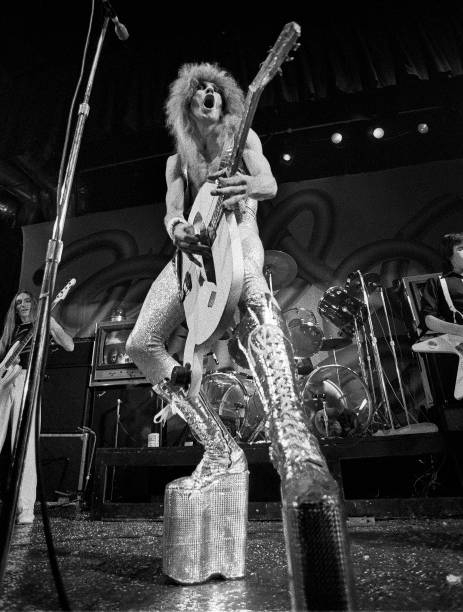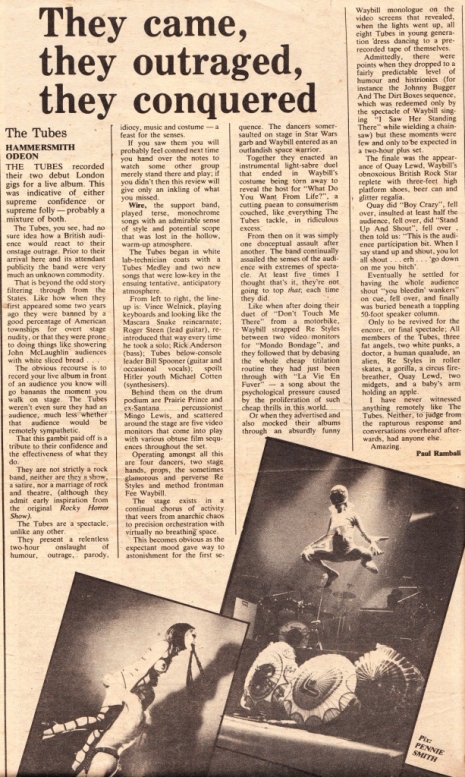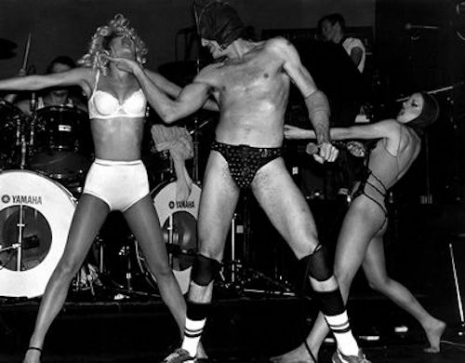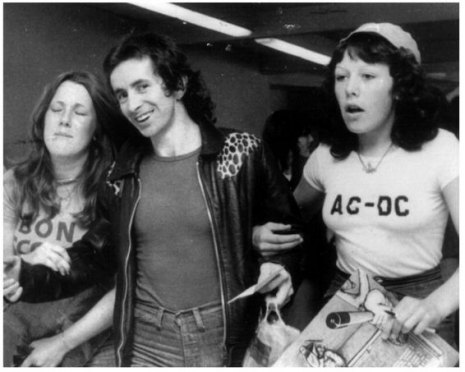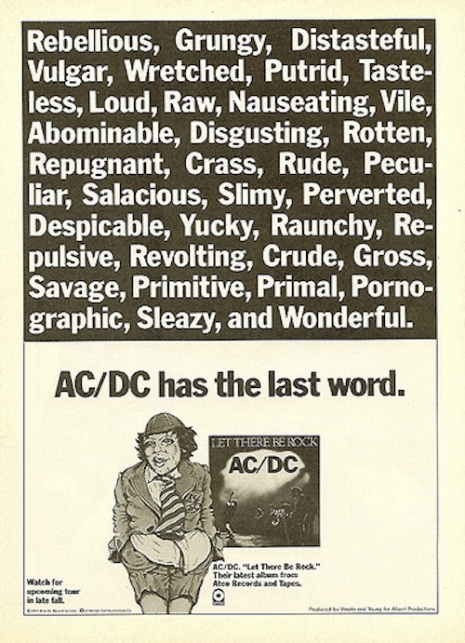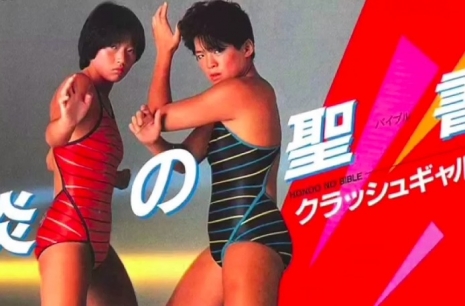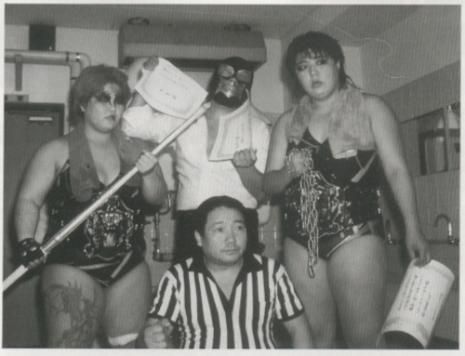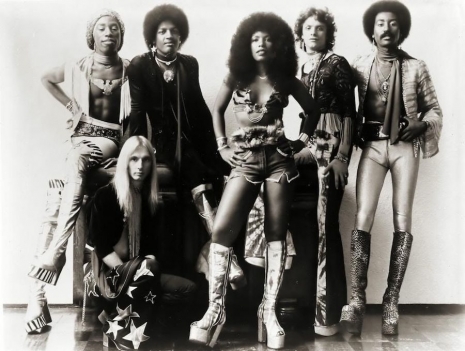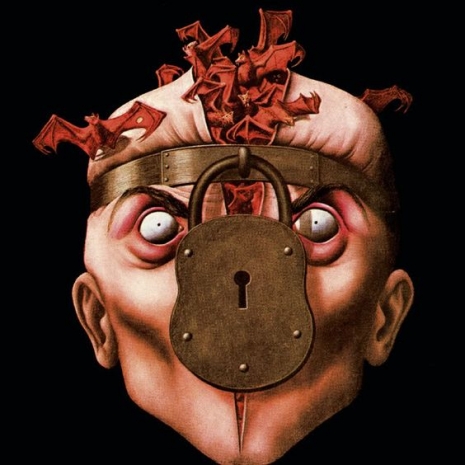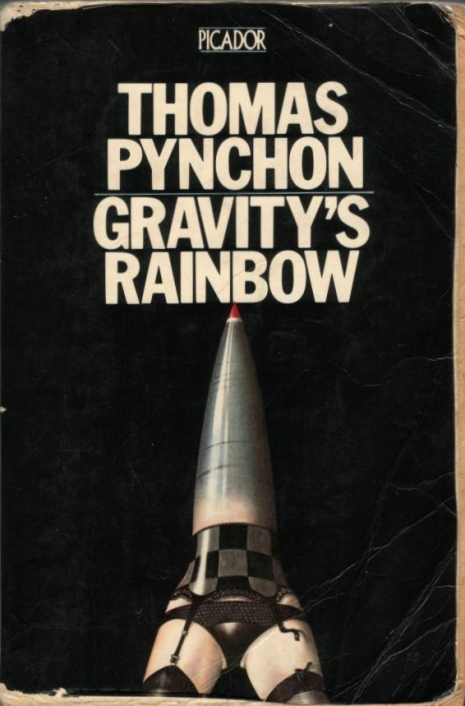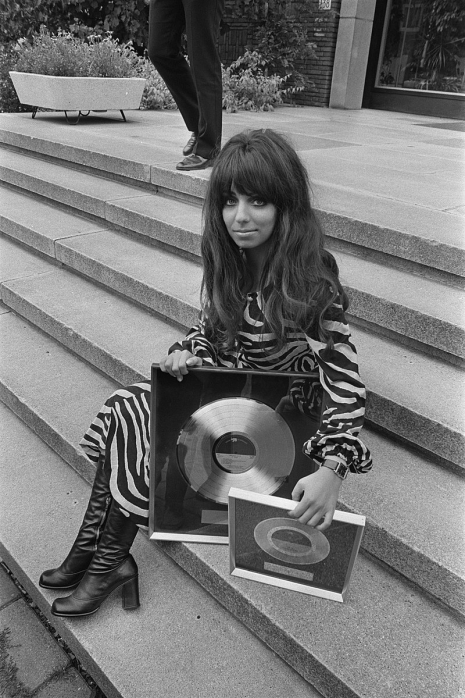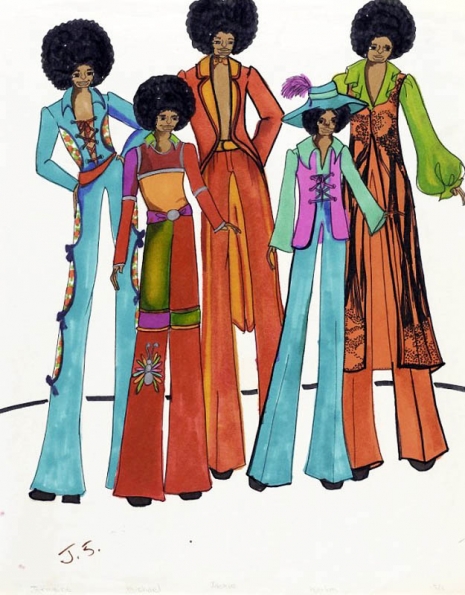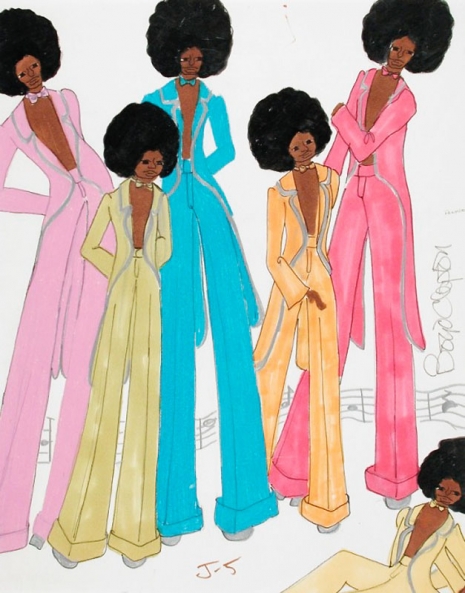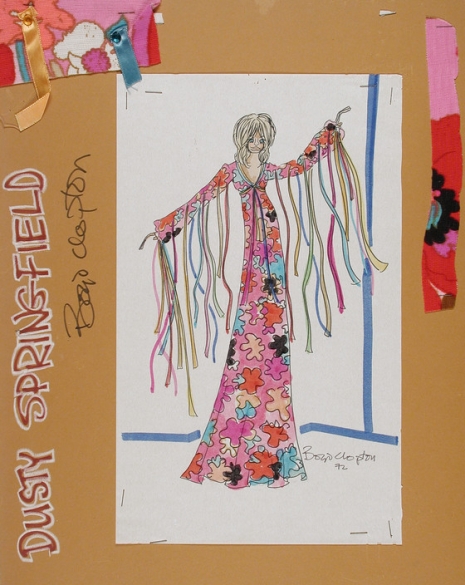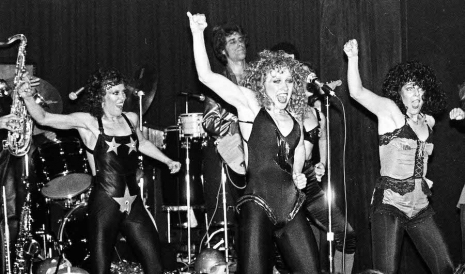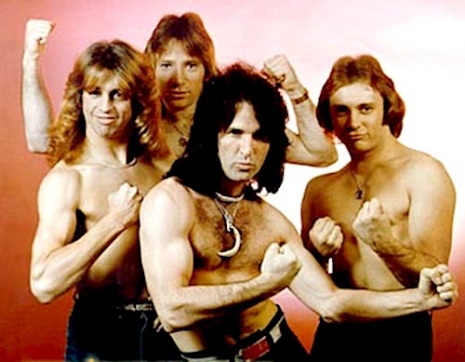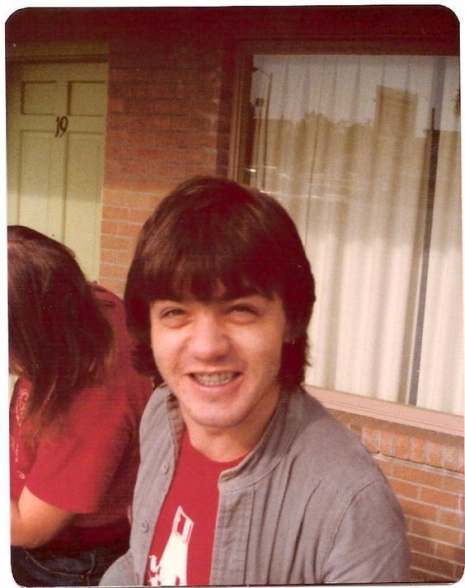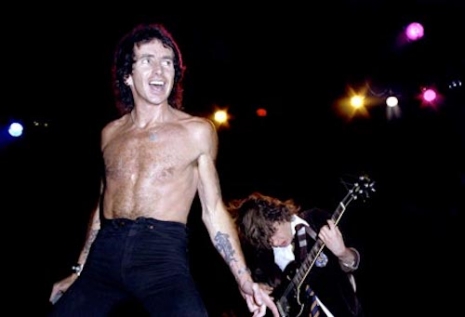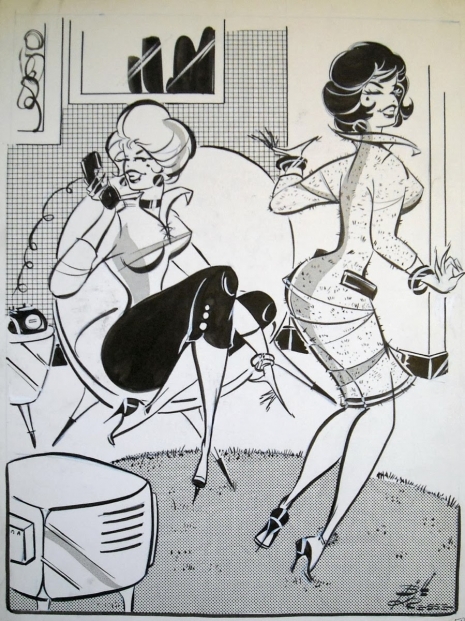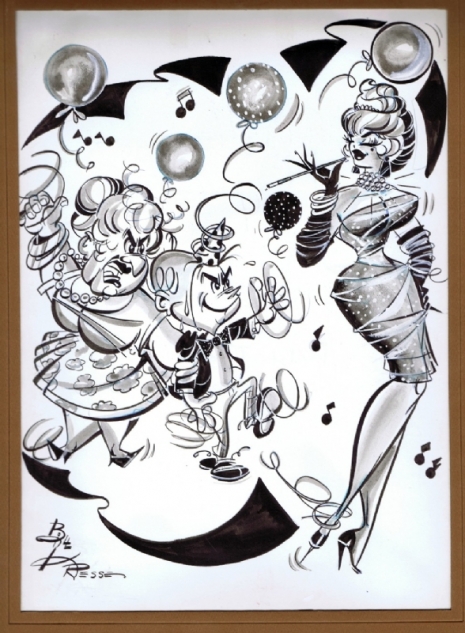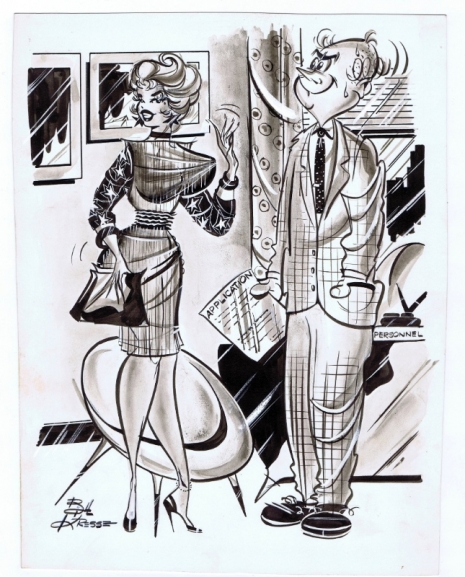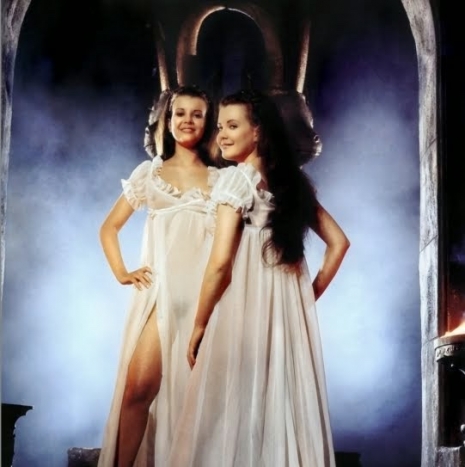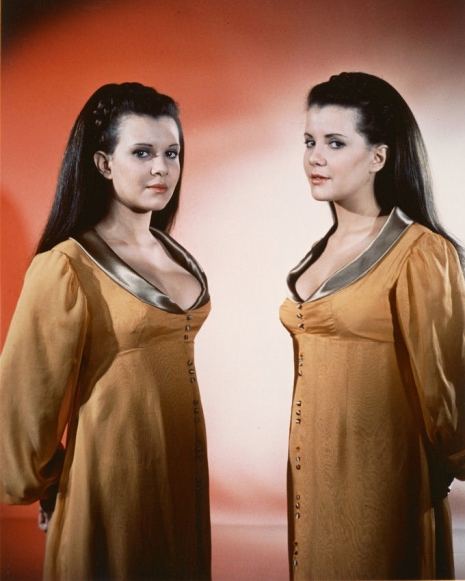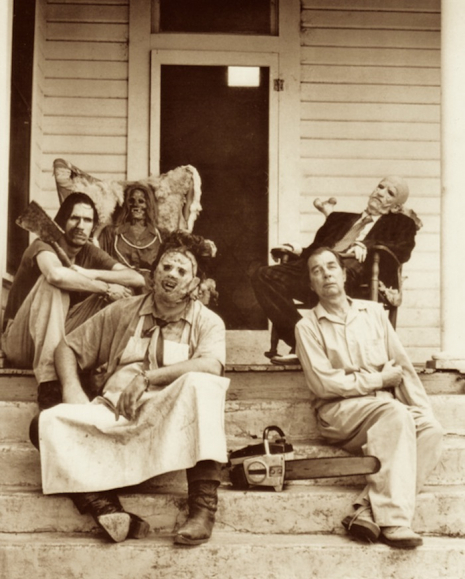
I guess there’s not much more to be said about The Texas Chain Massacre that hasn’t already been given. One of the most influential seventies American films after Star Wars and perhaps The Godfather and Jaws. What I remember of it at the time of its release has little to do with the film but everything to do with expectation and rumor.
I first heard of the movie in the schoolyard. I was too young to go see it and living in Scotland meant if you didn’t see a movie on release then you had to make do with the semaphore of rumor, exaggeration and bullshit. Which is the part that kinda interests me because why would a junior high school kid in Scotland hear about The Texas Chain Massacre unless it was something important? There was no Internet, no Google, no streaming services, no mobile, none of that stuff. Information was read in comics, newspapers and magazines or recieved second, third or fourth hand from friends who had a relative in Canada or went for a holiday to Florida where there was a bad frost and all the oranges on the trees turned into fruit sorbet. That kind of thing.
The first story I heard about this particular movie came (I think) from a guy called John Scott, who claimed some of the actors genuinely died during the making of the movie and there was this guy called Leatherface who was a butcher and he was still out there dancing with his chainsaw in the sunlight.
I had no idea what this meant, but the name “Leatherface” implied something utterly perverse and deranged. Was it a gimp mask? Or, maybe an Ed Gein flesh mask? We all knew about Ed Gein as he was our parents’ bogeyman because of Psycho, a film one relative described to me as “the wickedest movie ever made.” Gein was a real life monster like Ian Brady and Myra Hindley were real monsters. We all knew something about the horrific things they had done. But then again, what we knew of Gein was mainly through exaggeration and myth. In fact, half the stories I heard about the old cross-dressing cannibal had nothing to do with him and more to do with the speaker’s imagination, which in comparison to the actual crimes—or even those of Hindley and Brady—were utterly anemic.
The second tale I heard about The Texas Chainsaw Massacre was a reiteration of the first, that the film was based on a true story. As it turned out this was what the film actually claimed, true events which took place on August 18th, 1973. But as filming on this movie finished four days before the date given in the opening titles this was unlikely, if not impossible. That was director Tobe Hooper’s intention. He considered America during the Nixon years to be riddled with fake news and propaganda pumped out by the government.
The third tale was something to do with a guy who used two teen girls to source young boys to rape, kill and torture. This made the film seem far more debauched and unsavory. We were skeptical about this, which shows you how our pre-pubescent minds had some kind of warped standard where torturing, killing and eating people was okay, but raping, torturing and killing people—especially boys—was a step too far. Go figure. But as it later turned out, this was a tad closer to the truth as co-writer Kim Henkel had:
...noticed a murder case in Houston at the time, a serial murderer you probably remember named Elmer Wayne Henley. He was a young man who recruited victims for an older homosexual man. I saw some news report where Elmer Wayne ... said, “I did these crimes, and I’m gonna stand up and take it like a man.” Well, that struck me as interesting, that he had this conventional morality at that point. He wanted it known that, now that he was caught, he would do the right thing. So this kind of moral schizophrenia is something I tried to build into the characters.
The final story of note was the one where someone said The Texas Chainsaw Massacre was so horrific that it had been banned. This happened to be true, well at least in certain countries, but we didn’t know where and why or how the film had been banned. It was just left to our imaginations to ferment the worst possible scenarios as to what the film was actually about.
It was more than a decade before I got to see the film and thought it well-made, clever, and entertaining. Though I guess I would have paid top dollar to have seen the movie my fevered imagination had concocted all those years ago.
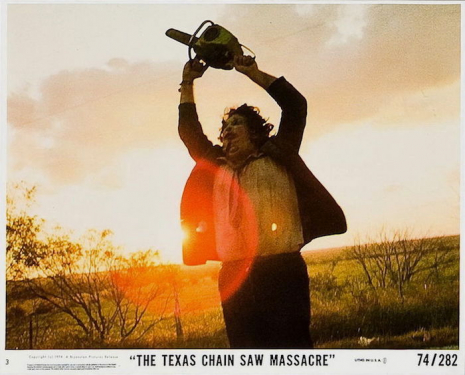

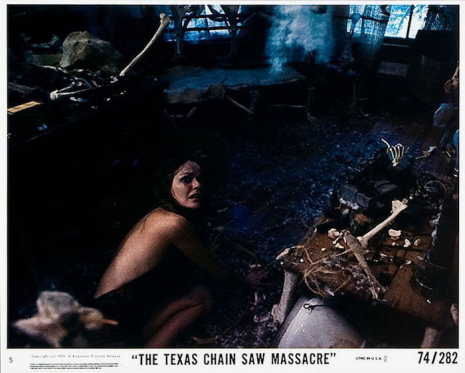
More snaps of the infamous cinematic cannibal family, after the jump…






